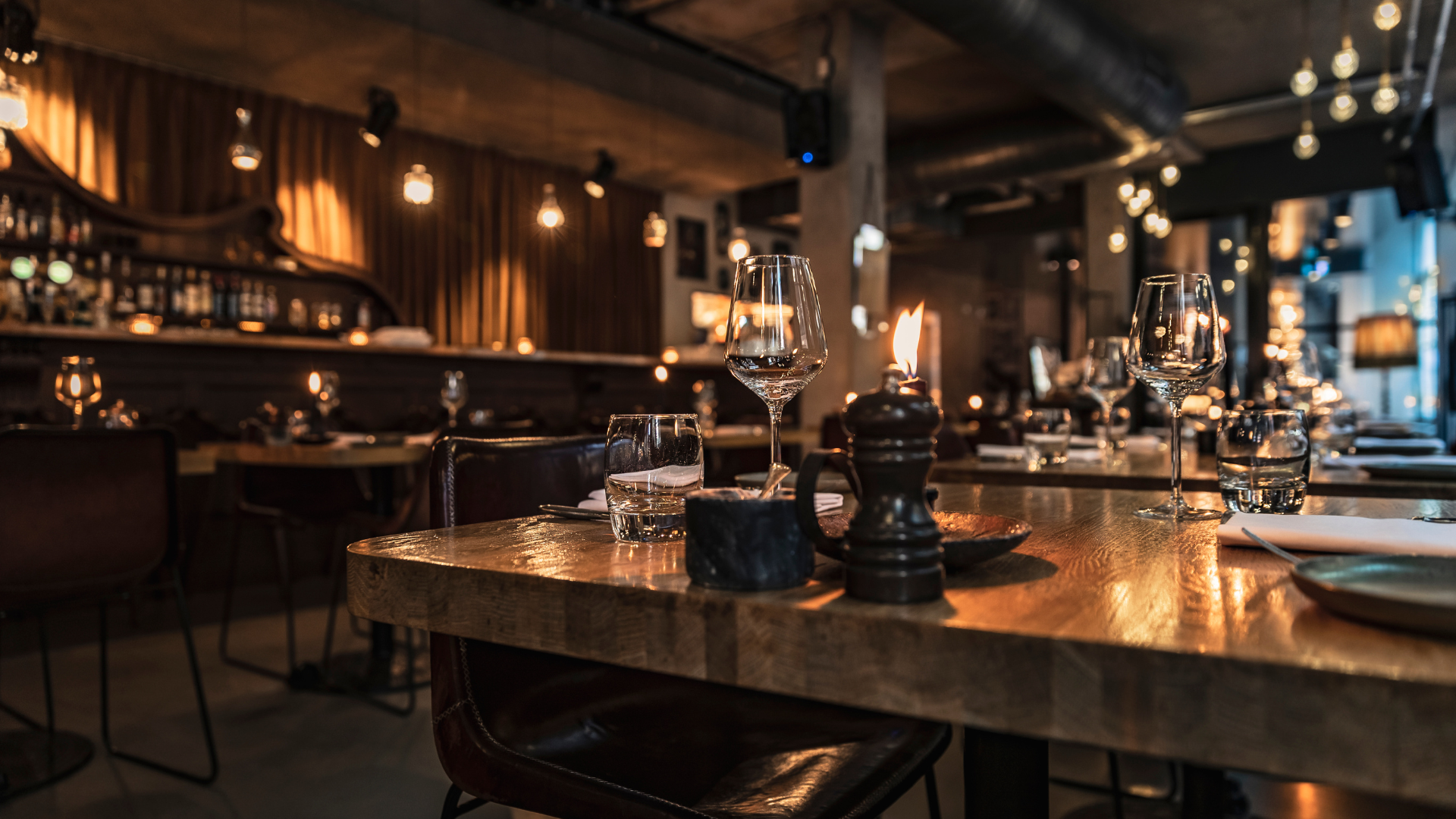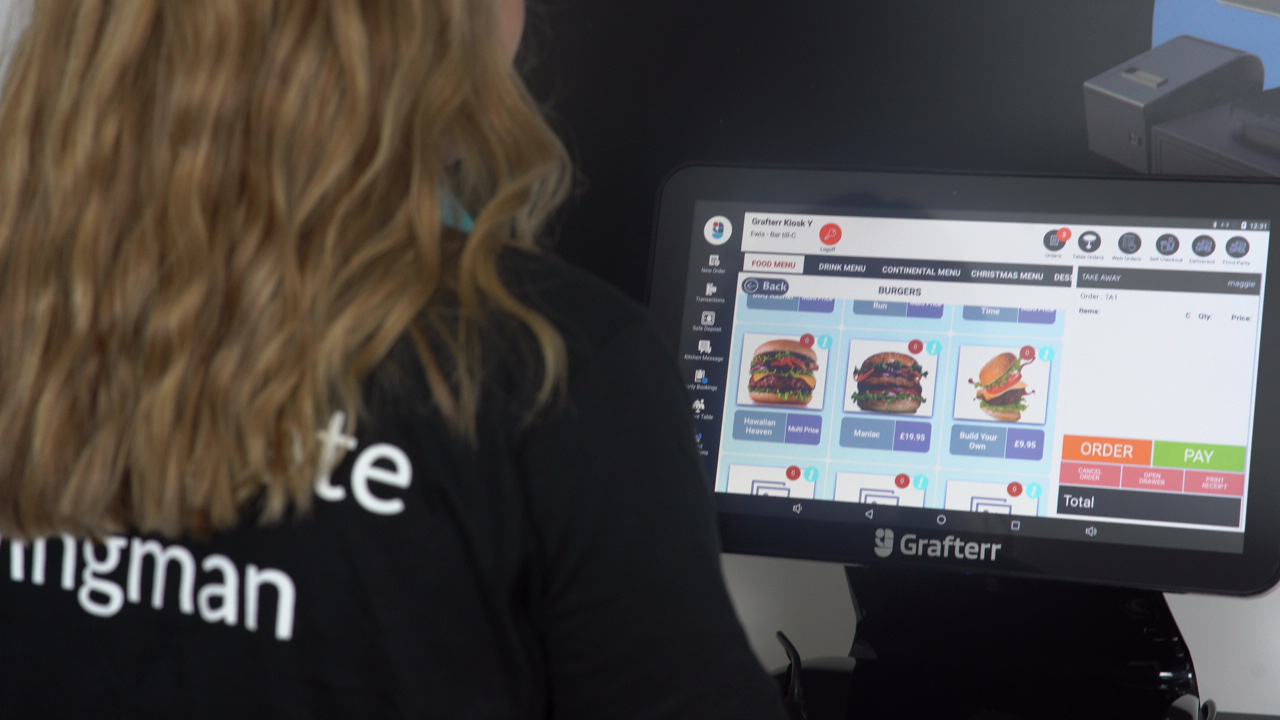The heart and soul of any restaurant, aside from its delectable dishes, is undoubtedly its menu. Not only is it the first touch point for customers to understand the culinary journey they’re about to embark on, but it also plays a pivotal role in determining a restaurant’s branding, identity, and profitability. A well-designed and thought-out menu can elevate the dining experience, influence sales, and leave customers craving more.
Creating the perfect menu, however, is a balance of art and science. Here are five indispensable tips to ensure your restaurant menu is both appealing and effective.
1. Understand your target audience
Before you even begin crafting the dishes and writing descriptions, you need to understand who your audience is. A fine dining restaurant targeting an upscale audience will have a vastly different menu than a fast-food joint or a family-friendly eatery.

Action steps:
- Conduct market research: Understand the demographics, preferences, and eating habits of your target audience. Are they health-conscious? Are they looking for exotic dishes or traditional comfort food?
- Competitor analysis: Look at the menus of successful restaurants that target a similar audience. This will give you insights into popular dishes, pricing strategies, and presentation.
2. Simplify choices
While it may be tempting to offer a wide array of dishes to cater to every palate, overwhelming your customers with too many choices can lead to decision fatigue. A simpler menu is not only easier for customers to navigate but also allows your kitchen to focus on perfecting a limited number of dishes.
Action steps:
- Limit menu items: Stick to a manageable number of options per category. For instance, offer five appetizers, six main courses, and four desserts.
- Highlight specialties: If there’s a dish your restaurant is particularly proud of, make it stand out with graphics or a special call-out.
3. Optimize for profitability
Each dish on your menu should not only be delicious but also contribute positively to your bottom line. Understanding the cost and profitability of each item is crucial.
Action steps:
- Costing analysis: Regularly review the cost of ingredients for each dish and compare it to its selling price.
- Menu engineering: This involves analyzing the popularity and profitability of each menu item. Dishes that are both popular and profitable should be prominently featured, while those that are neither might need to be reconsidered.
4. Design with care
A menu’s design should reflect the restaurant’s branding and ambiance. Colors, fonts, layout, and graphics play a huge role in a customer’s perception and decision-making.

Action steps:
- Stay consistent with branding: Use colors, logos, and design elements consistent with your restaurant’s overall theme and branding.
- Prioritize readability: Fancy fonts are enticing, but if they hinder readability, they can frustrate customers. Stick to clean, easy-to-read fonts.
- Use quality images sparingly: While high-quality images can entice customers, overdoing it can make your menu look cluttered. If you opt for images, ensure they are professional and represent the actual dish.
5. Update regularly
Tastes, food trends, and ingredient availability change. Regularly updating your menu ensures it remains fresh, relevant, and cost-effective.

Action steps:
- Seasonal changes: Offer dishes that align with the current season. Fresh, seasonal ingredients are often more affordable and resonate with customers seeking current flavors.
- Feedback loop: Create a system to gather feedback from customers and staff. If a dish consistently receives poor reviews, it might be time to tweak it or replace it.
- Stay updated with trends: Food trends like plant-based dishes or fusion cuisines can attract a wider audience. Keep an eye on global and local food trends and consider incorporating them.
In conclusion
Crafting the perfect restaurant menu is a dynamic and iterative process. By understanding your audience, simplifying choices, focusing on profitability, designing with intent, and regularly updating based on feedback and trends, you can create a menu that delights customers and bolsters your restaurant’s success. Remember, the best menus are not just lists of dishes but a reflection of a restaurant’s ethos, story, and commitment to its patrons.





